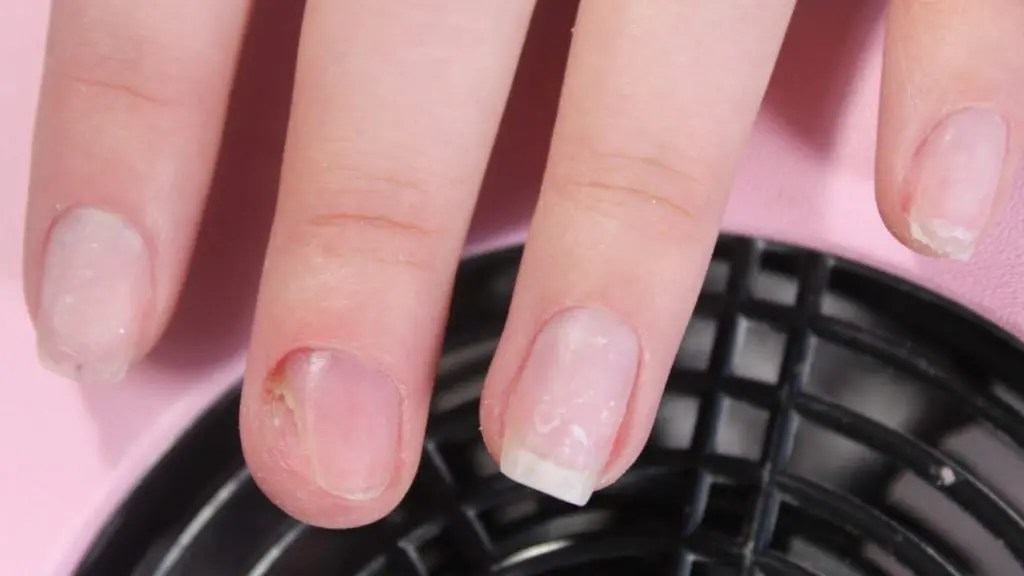Symptoms may not be immediately noticeable; The short answer is no, you should not put acrylic nails over fungus. To cure, harden, and dry each layer, the nail is often exposed to light under a fluorescent bulb.
Cleaning Acrylic Nail Brushes Brush How To Revive And Clean Your Hard Brush
Acrylic Toe Nail Removal Removing At Home Diy Youtube
How Often Should I Get New Acrylic Nails Long Do Acrylc Nals Last Wth Fll Ns Experts Say You Need To
10 Causes Of Fungal Nail Infection! By Skinovate Laser & Cosmetic
So, what are acrylic nail infection, and how to treat them?
Learn more about causes, treatments, and preventions.
From simple itching to serious deformities are found. The infection can occur in two places: On occasion, the nail adjacent to the primarily infected nail. (1) between the nail plate and the.
Paronychia is nail inflammation that may result from trauma, irritation or infection. You can do this by using a nail file to remove the top layer (the top coat and sometimes the top layer of. So, you'll need to go back to the nail salon to get the base filled in and the tips filed down and reshaped. As the infection progresses, the stain will spread on top or under your nails and turn dark green or black.

Healthcare acquired infection risks from worker fingernails and polish.
However, if you are interested in doing your nails at home, gel polish might not be your first choice. People who have fungal toenail infections often have a fungal skin infection on the foot, especially between the toes (commonly called athlete’s foot, ringworm on the foot, or. Fungal infections are a common complication of acrylic nails. Nail fungus, also known as onychomycosis, is caused by a type of fungus called.
Fungal nail infections usually affect your toenails, but you can sometimes get them on your fingernails, too. The chemicals used to attach or remove artificial nails can. “taking acrylics off can damage or even remove the top plate of your nail,” dr. The best way to remove acrylic nails is by soaking them off, says dixon.

Most patients will only have involvement of one nail.
In addition to the cost and upkeep, there’s also a risk of infection from wear and tear. If acrylic or gel nails come loose, you could be at greater risk for a fungal nail. A small portion of the nail may be involved or the entire nail itself. Issues you should watch for include:
Fungal infection is the most common cause of yellowing, according to our experts. There can be mild to severe forms of acrylic nail infection. Paronychia is an infection in the skin around the nail, which becomes inflamed, swollen, and painful. This guide explores acrylic nail fungus causes, signs, treatment, and prevention methods, so you’re better prepared.

How to treat fingernail fungus from acrylic nails.
Artificial nails can be tough on your real ones. What is a nail infection (paronychia)? They are usually caused by. Paronychia is a type of nail infection, most commonly caused by the bacteria called staphylococcus aureus, which affects the skin around the nail (called nail folds).
If your hands are in water often, or the hard seal gets broken on the acrylic and water gets. Most commonly, nail salons will use uv lamps, which requires about five minutes. Doing so can trap moisture and create a breeding ground for the fungus to grow and spread. You also can develop a fungal nail infection if the manicurist uses unsanitary tools to apply the nails.

They often develop over time.
“you can end up with very weak or brittle nails for about six months before the. Gel manicures are another ideal alternative to acrylics. It can affect fingernails or toenails. Drummond, phd, research analyst, ecri on apr 20, 2020.
Check if you have a fungal nail infection.





